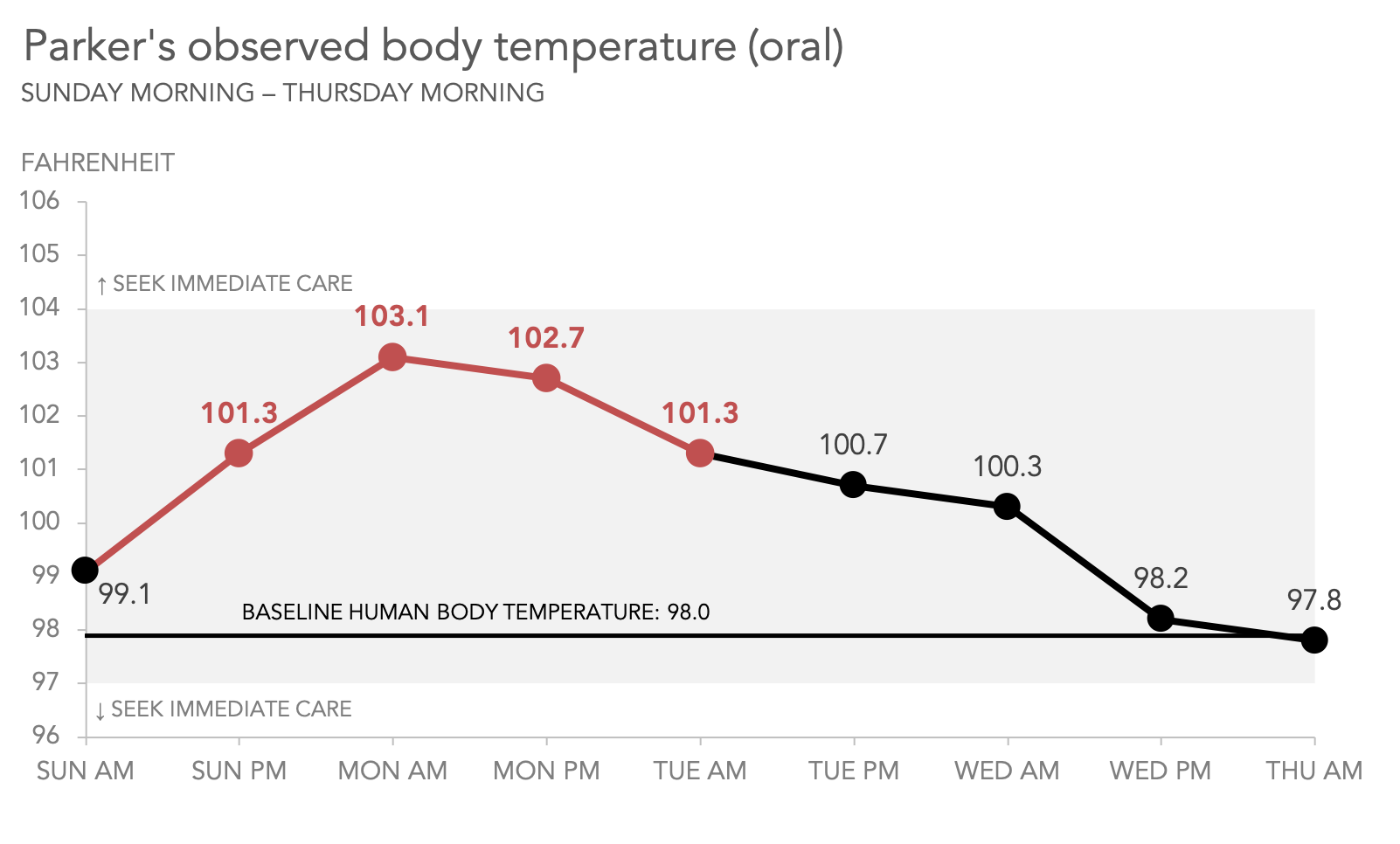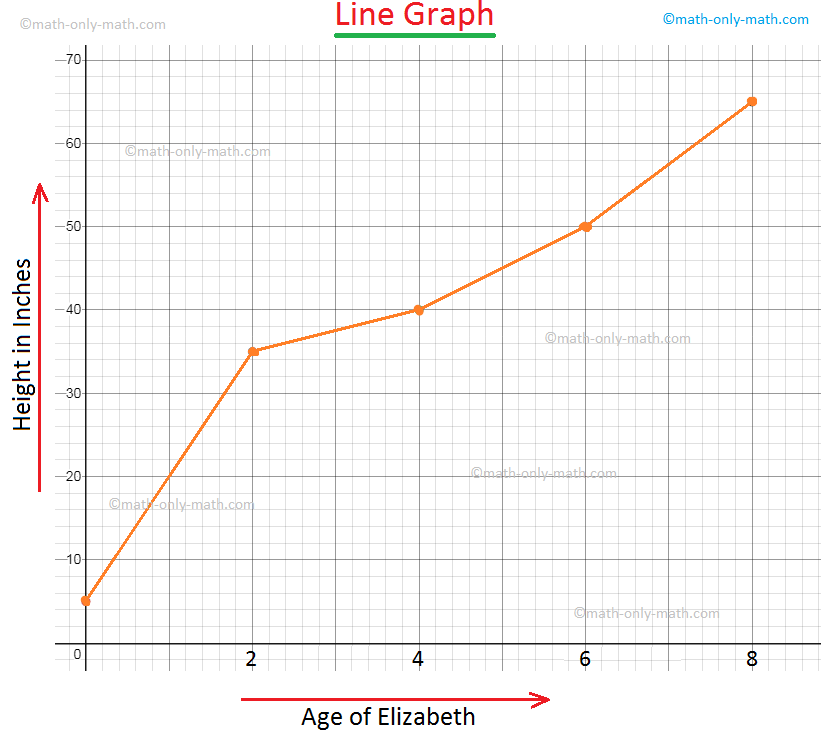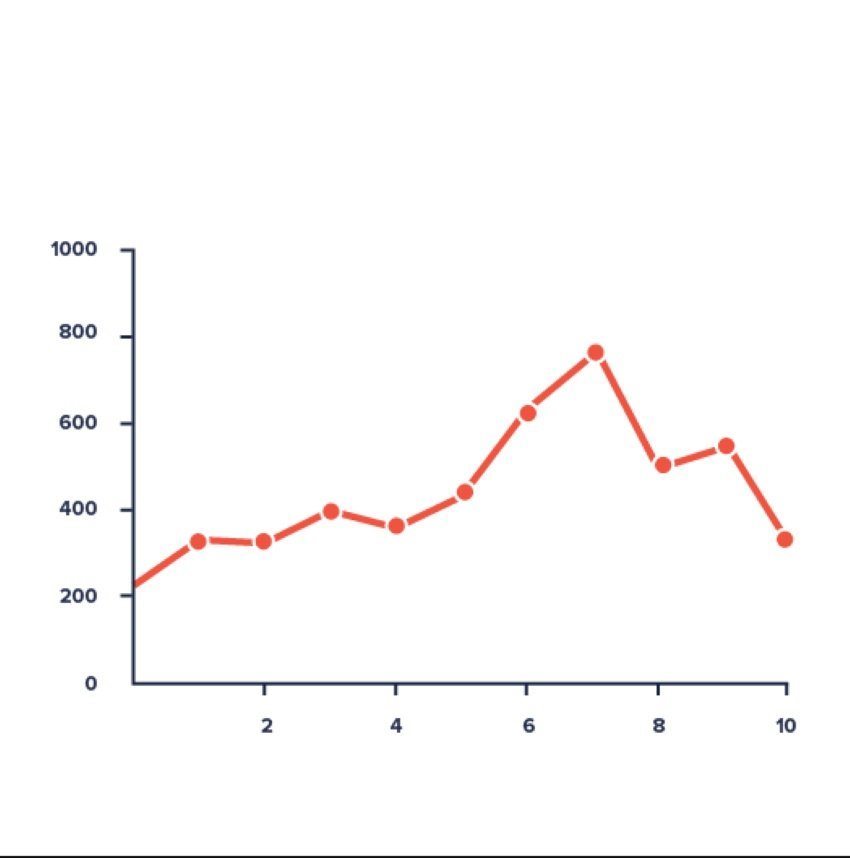Favorite Info About Why Is It Good To Use A Line Graph Flow Chart

Read how to create a line graph.
Why is it good to use a line graph. Take the five graphs below: A line graph (or line chart) is a data visualization type used to observe how various data points, connected by straight lines, change over time. The line itself can take on many forms depending on the shape of the data:
What is a graph line or line graph? Professionals across industries use line graphs to show data trends, compare different variable behavior, and forecast future values. A trendline is a line drawn on a chart highlighting an underlying pattern of individual values.
Learn how to use a line chart and when, its advantages and disadvantages and which of our apps to use to make it. Pie chart—components of a total. They can also be utilized to display information that spans a wide range, as the lines can effectively accommodate the scope of this data.
It is beneficial for showing changes and trends over different time periods. Showing changes and trends over time. Including important context and annotation.
Line charts are some of the most widely used and recognizable charts, making their interpretation intuitive and easy. It is also helpful to show small changes that are difficult to measure in other graphs. Even without labels, it’s clear what role each of these graphs serves:
Thermometer—progress toward a goal amount. Line graphs can be a powerful tool when representing how a specific variable changes over time. Examples of trend data include how sales figures vary from month to month, and how engine performance changes as the engine temperature rises.
A basic line chart connecting data points.; Generally, a grid is formed by intersecting perpendicular lines formed by both the axes, using a line. Line charts are great for:
The horizontal axis depicts a continuous progression, often that of time, while the vertical axis reports values for a metric of interest across that progression. Line graphs are common and effective charts because they are simple, easy to understand, and efficient. Highlighting anomalies within and across data.
A line chart (aka line plot, line graph) uses points connected by line segments from left to right to demonstrate changes in value. The line graph therefore helps to determine the relationship between two sets of values, with one data set always being dependent on the other set. It is often used to identify and interpret trends, patterns, and relationships in continuous data.
Line graphs simply use a line to connect the data points that you plot. The advantages of using line graph are as follows. In this article, we will explore what line graphs are, the components of line graphs, how to make your own,.
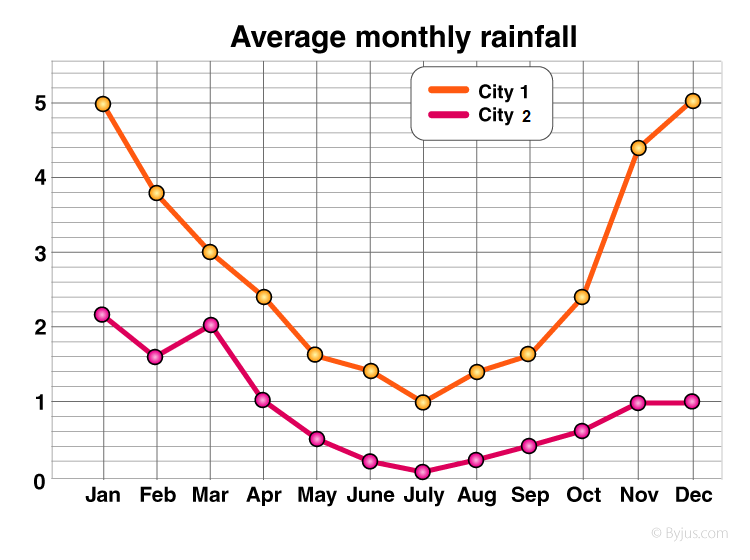
.gif)
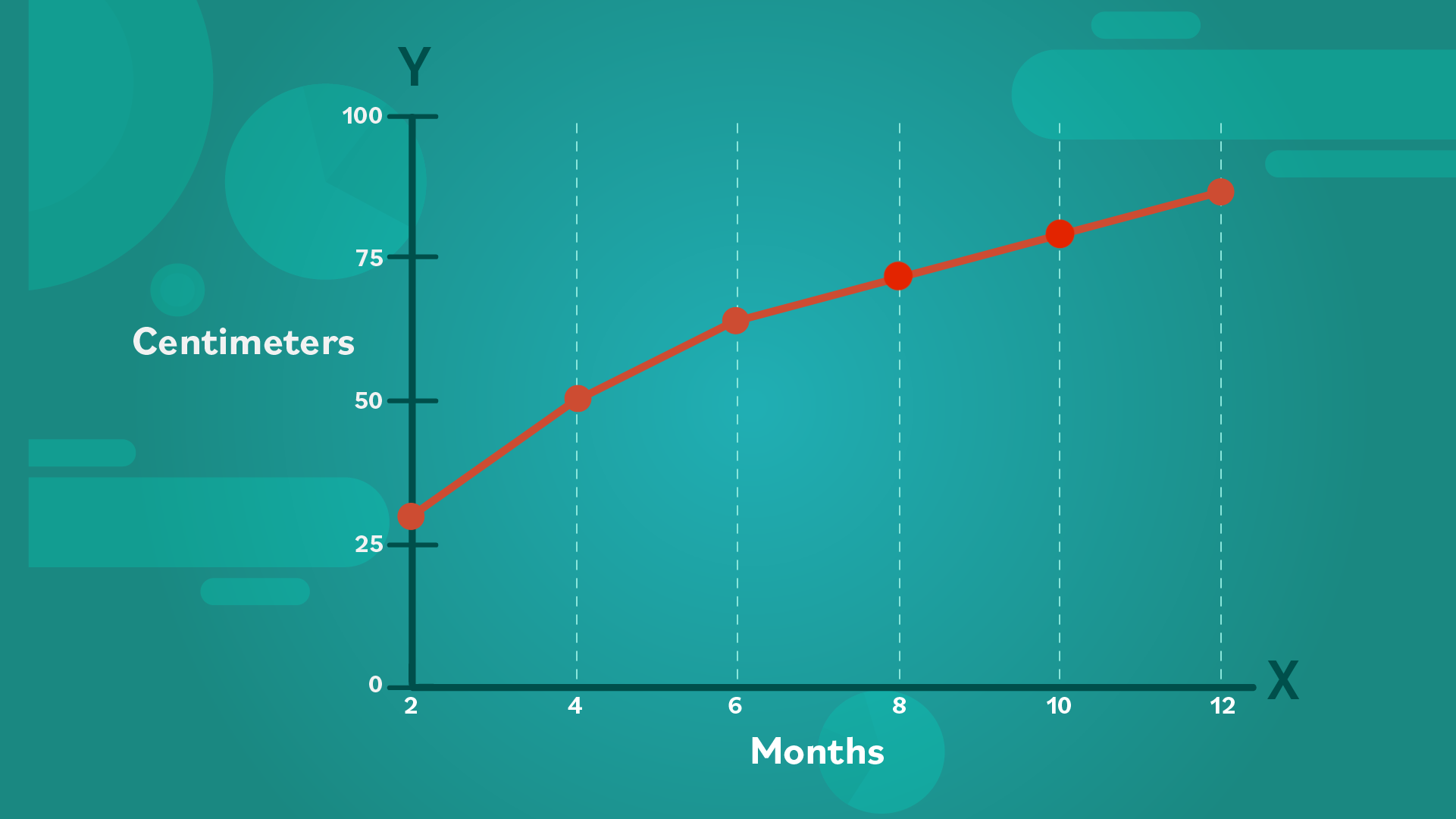
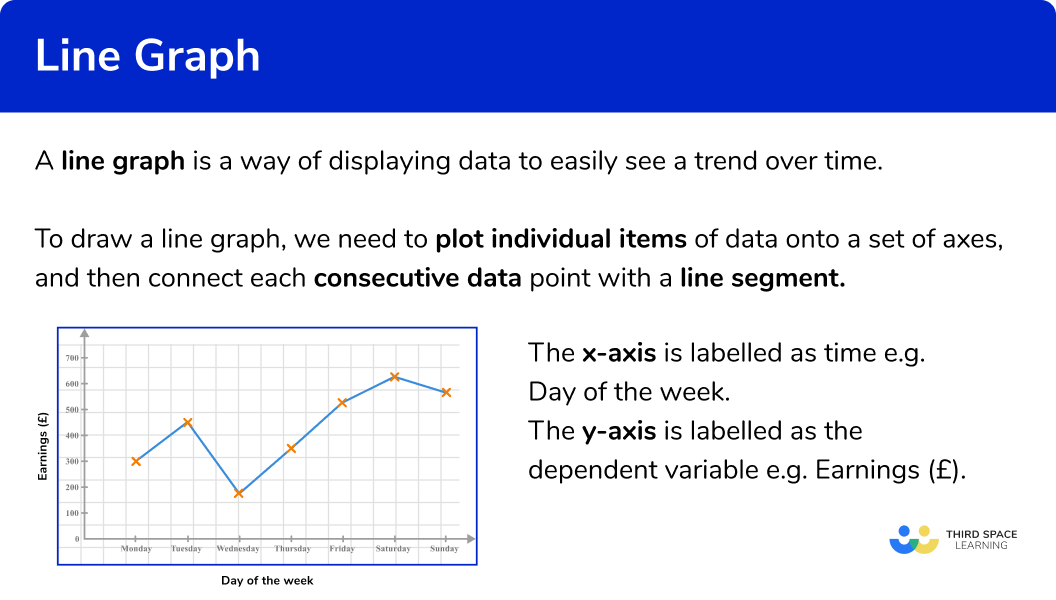


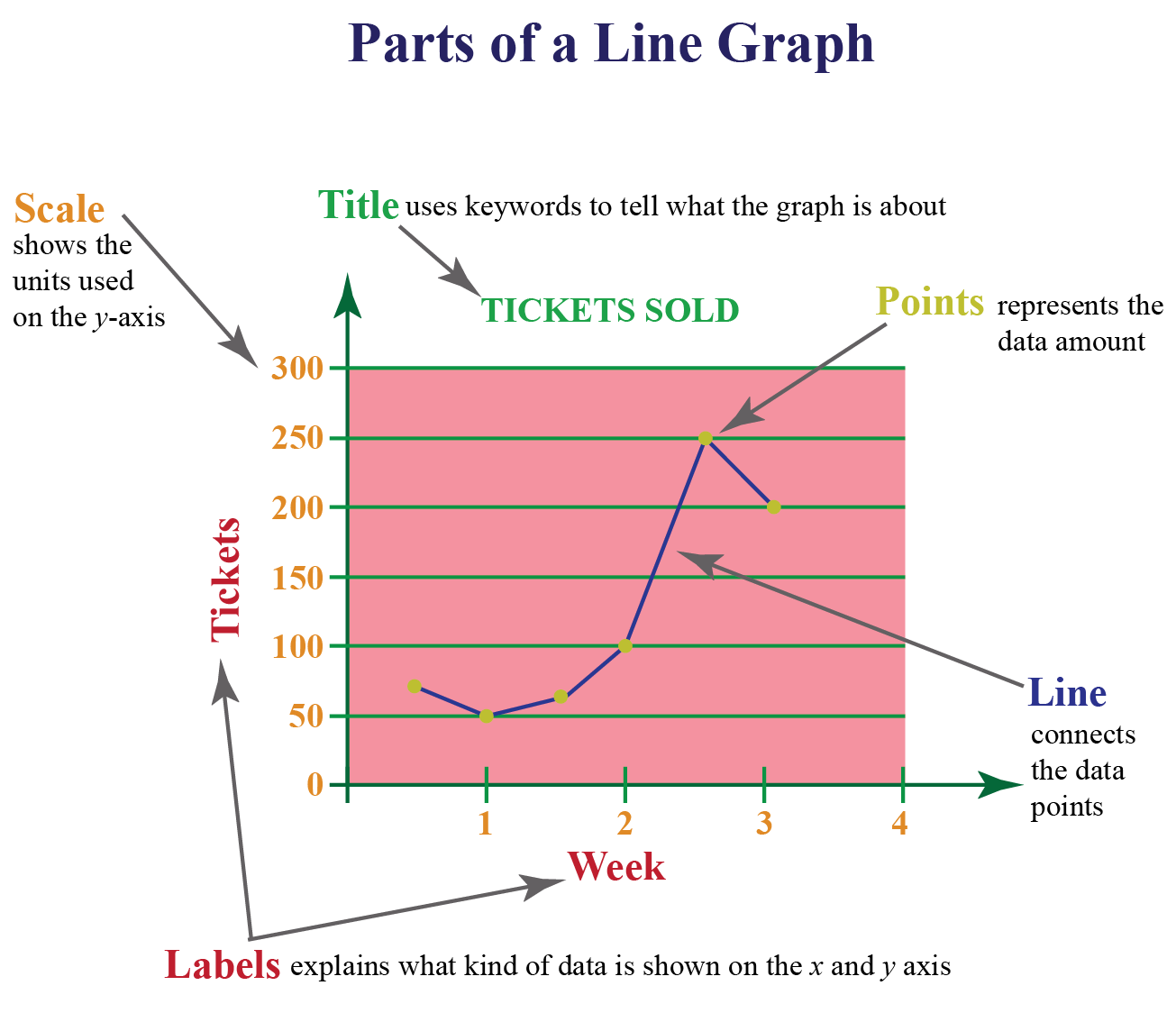



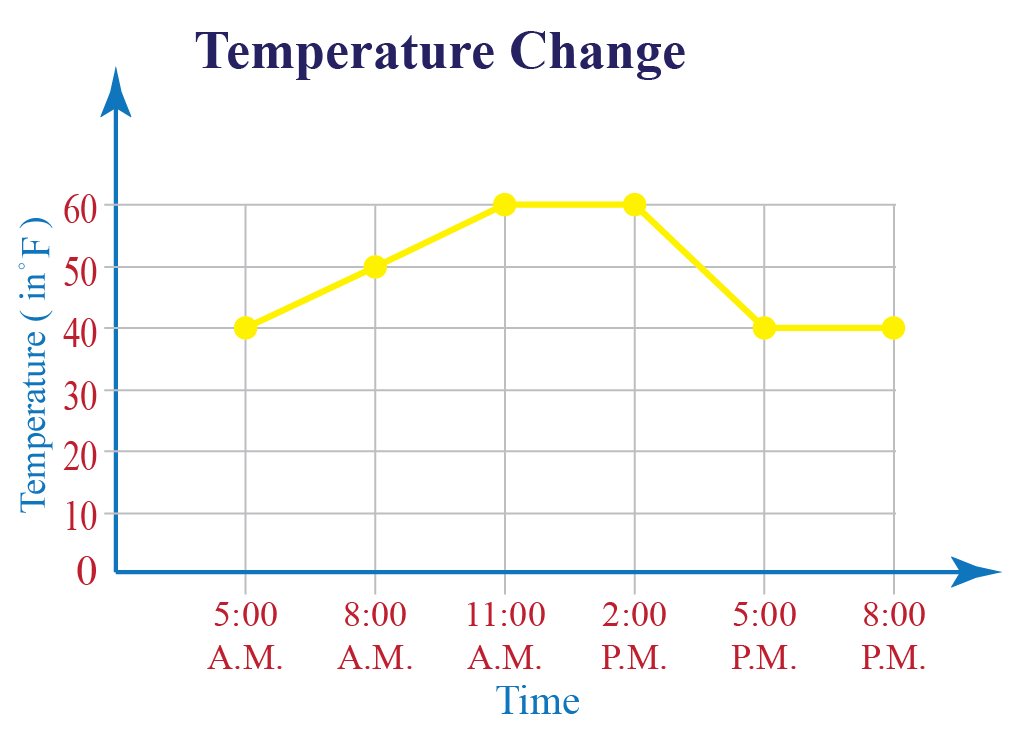

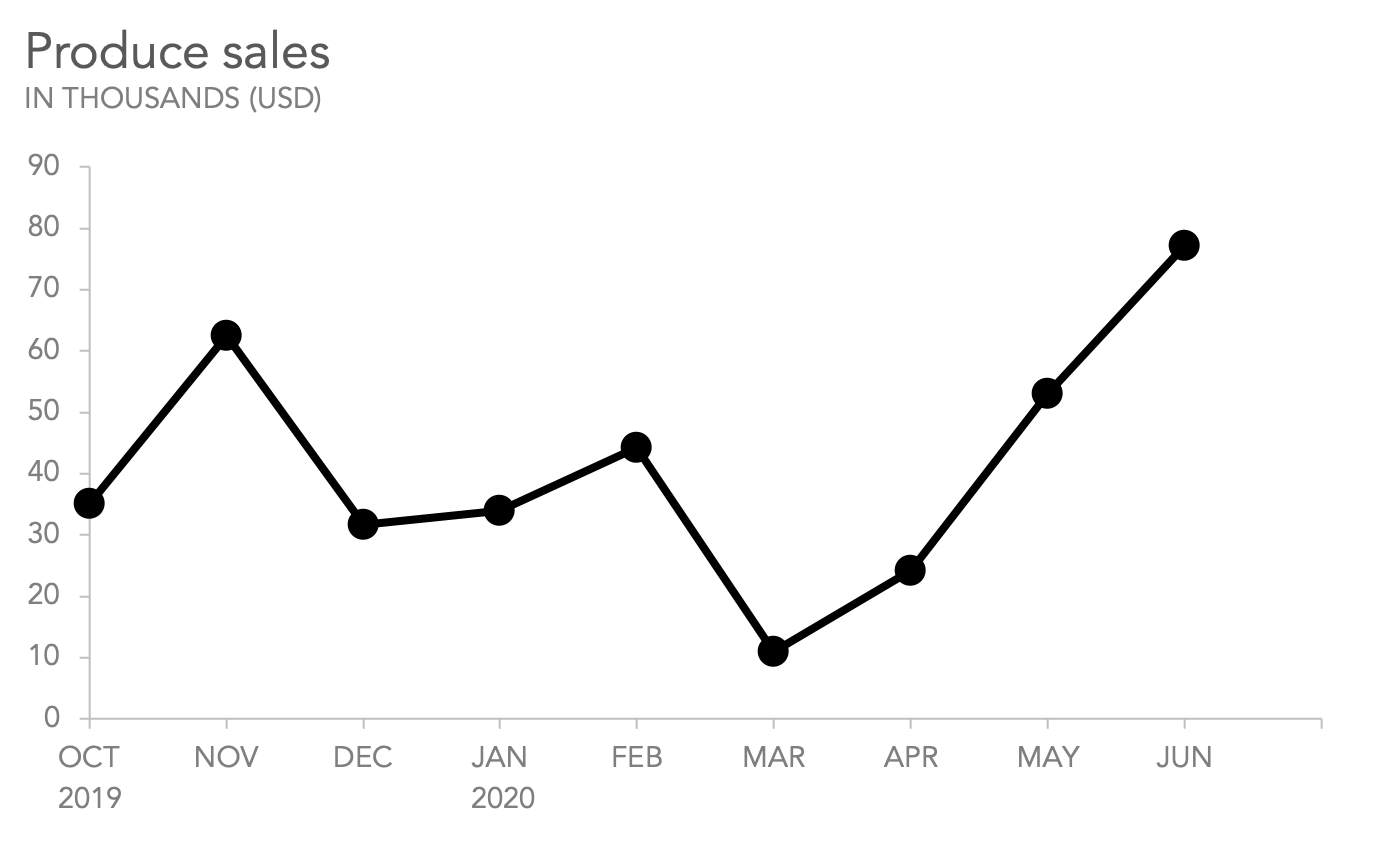

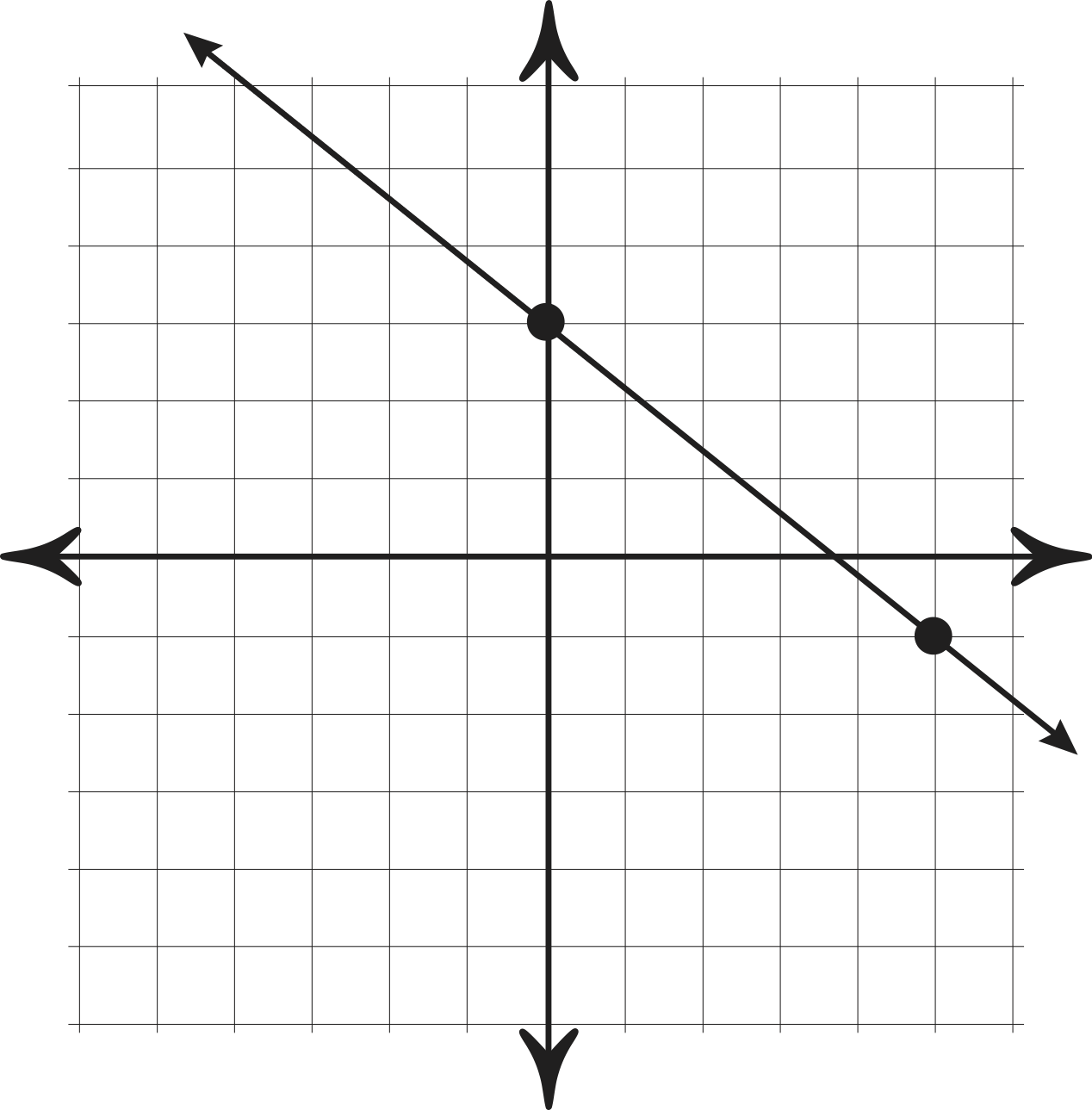


:max_bytes(150000):strip_icc()/Clipboard01-e492dc63bb794908b0262b0914b6d64c.jpg)

